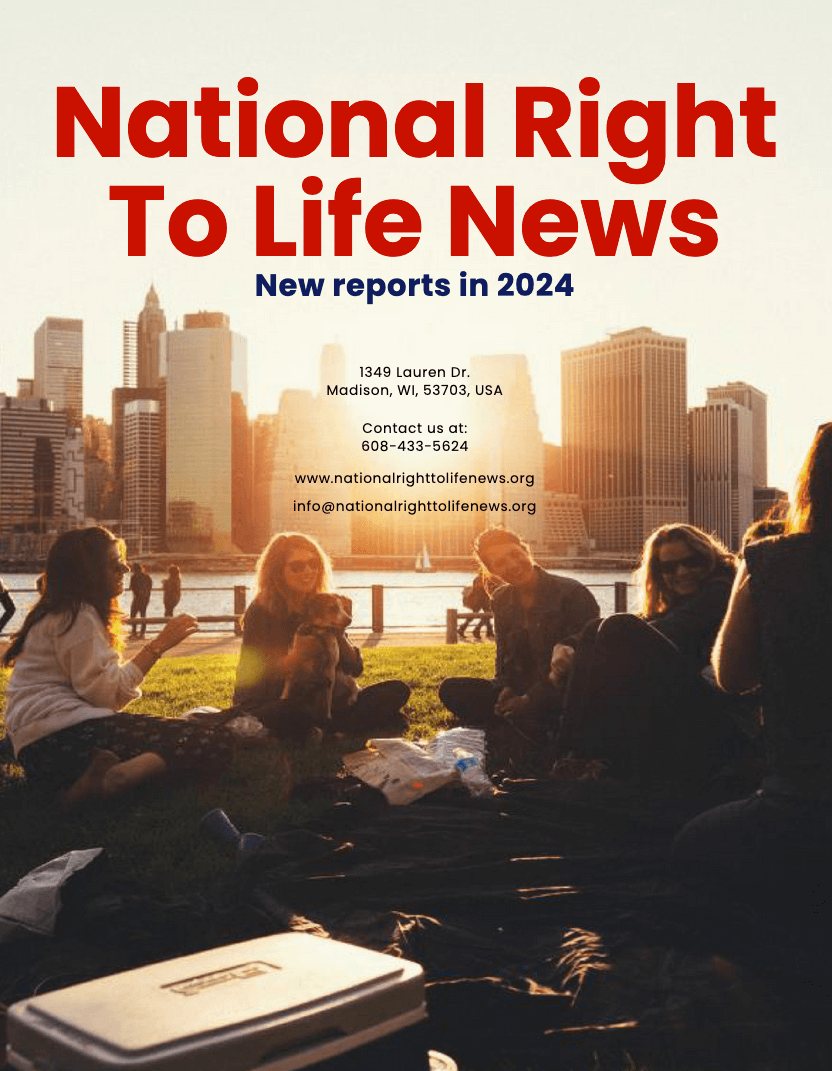This has a tremendous couple of weeks for the Pro-Life Movement, capped off by Wednesday’s 242-184 House vote in support of The Pain-Capable Unborn Child Protection Act (H.R. 36). This followed last week’s study in the New England Journal of Medicine that documented both that tiny preemies can survive if “actively” treated and that for unacceptable reasons some hospitals were only offering comfort care to babies born at 22 weeks.
I had missed that last Friday Katie McDonough (writing at Salon) was already drawing the predictable pro-abortion conclusion: that pro-lifers would use the NEJM study of nearly 5,000 babies born before 27 weeks to make an “even uglier” assault “on reproductive freedom.”
Or as the subhead so subtly put it, “A new study on the survival rate among extremely premature babies may feed the GOP’s frenzy to criminalize abortion.”
Like most pro-abortionists McDonough looks at clear-cut evidence and if it doesn’t support her more-abortions agenda, she minimizes what it says and then misrepresents what follows from it.
For example, she writes,
A study published this week in the New England Journal of Medicine documented a small number of cases in which premature babies born at 22 weeks survived with few health problems after receiving aggressive and highly-specialized medical treatment.
No big deal, it “just confirms what is already known in the medical community: that, while rare, it is possible for a baby born at 22 weeks to survive.”
But 23% is not “rare,” nor is 33% a “small number of cases” (the percentage of babies born at 23 weeks who survive when actively treated).
Demonstrating how far we’ve come is the percentage of babies who survive at 24 weeks (54.9%), 25 weeks (72%), and 26 weeks (81.4%).
The point which she manages to miss is–treatment or non-treatment aside– all these babies are pain-sensitive and all could have been legally aborted.
Some inquiring minds want to know whether this has anything to do with “viability” and abortion. But McDonough tells us “this is the wrong question to ask.”
One doctor tells her, “The bottom line is that viability has never been a set number, it has always been determined by doctors based on the pregnancy. This study doesn’t change that.”
Another doctor said, “When I trained 10 years ago, we knew that the viability of a baby was dependent on a lot of factors,” adding, “What this paper highlights is the need for regional care.”
Think about the response of Doctor #1. Viability has changed–everyone knows that–so in that sense it’s not “set.”
But what if he is really saying is that when nobody’s looking, he can strongly suggest to parents they oughtn’t to treat a baby at, say, 22 weeks, that no doubt does happen. But that is true for older preemies as well. Keep that thought in mind.
The May digital edition of NRL News is online.
Click here to read it now!
Remember when Roe was handed down, 28 weeks seemed to be the threshold for viability. That figure has dropped to 24 weeks and, as one of the chief authors of the NEJM study said, he believes that the point of viability is now 22 weeks.
And all this folds into the question of non-treatment, as NRLC’s Jennifer Popik has explained.
[M]any hospitals deliberately deny them life-saving medical treatment. …The reason that some hospitals treat these infants and others do not is not based on the equipment available, or hospital capability, but rather is grounded in assumptions the hospitals are making about the infants’ future quality of life.
Getting back to Doctor #2, she no doubt meant something else when she talked about “regional care.” But “In fact,” as Ms. Popik explained, “the hospital attitude made the most significant difference in the probability of survival of these very premature babies.”
But under the Child Abuse Amendments of 1984, which remains in effect,
in order for a state to receive federal funding for its child abuse and neglect program, it must have in place and enforce procedures to prevent “withholding of medically indicated treatment from disabled infants with life-threatening conditions.” (The exact nature of “medically indicated treatment” is detailed in the statute and its implementing regulations.)
Thus, the denial-of-treatment practices in many hospitals are directly contrary to the protective provisions of federal law designed to prevent discriminatory denial of treatment based on present or projected disability.
Take time to catch up on our coverage of H.R. 36[nrlc.cc/1KbjwlG, nrlc.cc/1d43M6G, and nrlc.cc/1HiGGmx] and the NEJM study [nrlc.cc/1EMbzMf, nrlc.cc/1HiGpQs, nrlc.cc/1d43ixf].
It’s all highly enlightening and even more encouraging.
Chelsea Garcia is a political writer with a special interest in international relations and social issues. Events surrounding the war in Ukraine and the war in Israel are a major focus for political journalists. But as a former local reporter, she is also interested in national politics.
Chelsea Garcia studied media, communication and political science in Texas, USA, and learned the journalistic trade during an internship at a daily newspaper. In addition to her political writing, she is pursuing a master's degree in multimedia and writing at Texas.

